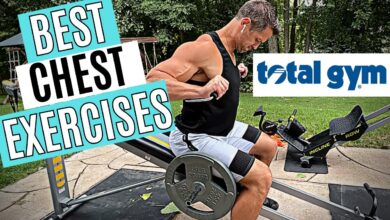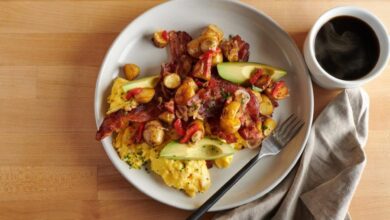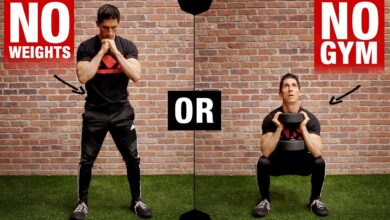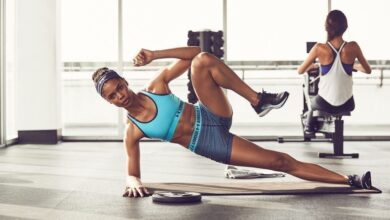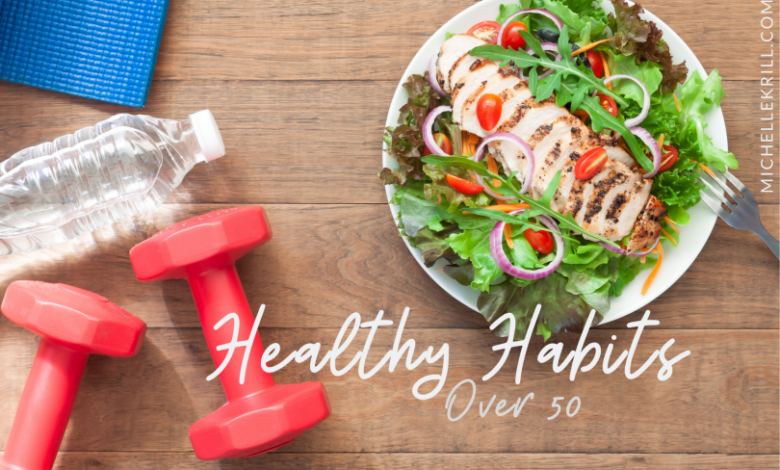
7 Healthy Habits for Staying Fit in Your 50s
7 healthy habits for staying fit into your 50s – 7 Healthy Habits for Staying Fit in Your 50s: It’s a new decade, and you’re ready to embrace a healthier, more active lifestyle. But as you enter your 50s, your body might have different needs and challenges than before.
Don’t worry, staying fit in your 50s is not just about maintaining your physical health, it’s also about feeling your best mentally and emotionally. This guide will explore seven key habits that can help you achieve your fitness goals and live a fulfilling life in your 50s.
From the importance of regular exercise to mindful eating and stress management, we’ll delve into the practical steps you can take to stay fit, healthy, and energized as you age gracefully. We’ll discuss how to incorporate these habits into your daily routine, even with a busy schedule, and provide tips for making sustainable changes that will last a lifetime.
Staying Active in Your 50s
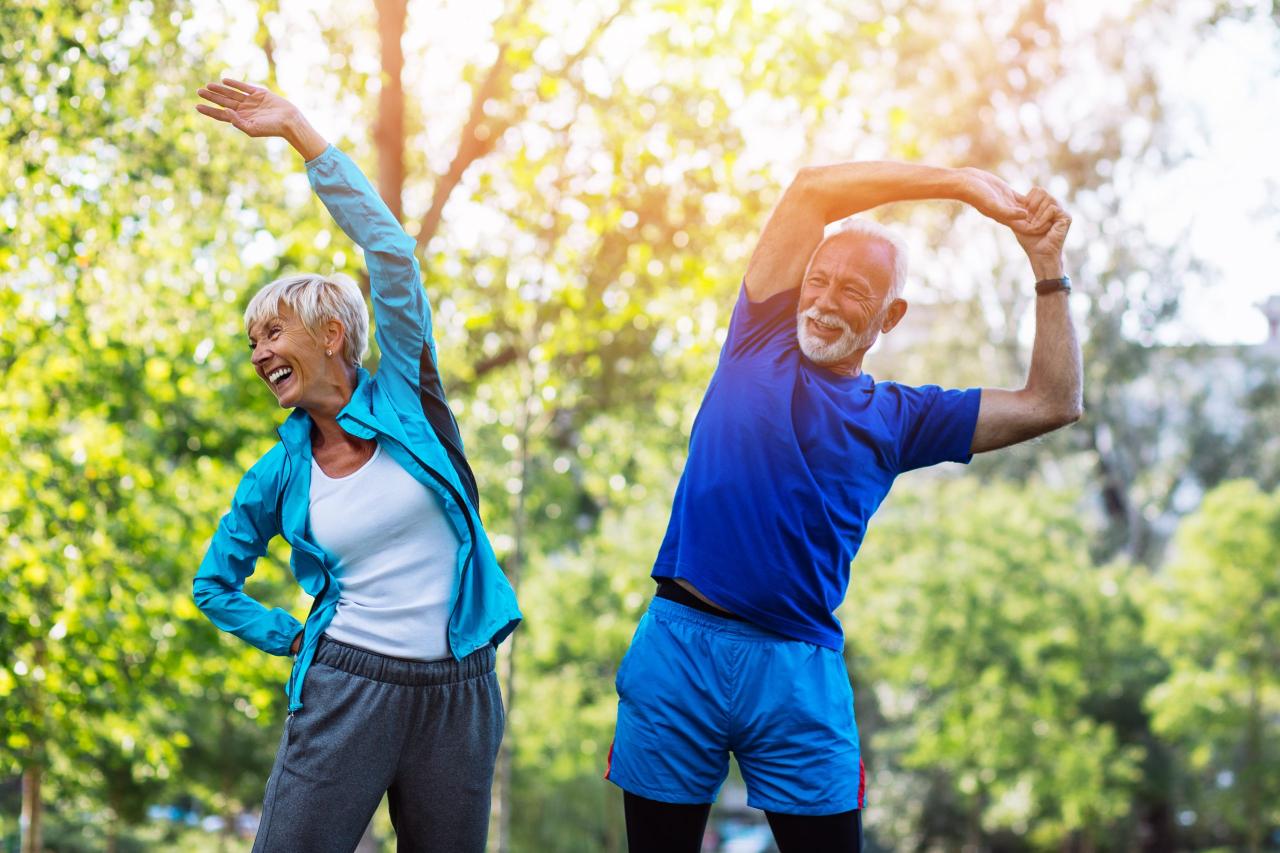
Staying active is crucial for maintaining your physical and mental well-being in your 50s. As you age, your metabolism slows down, and muscle mass naturally declines. Regular exercise helps combat these changes, boosting your energy levels, improving your mood, and reducing your risk of chronic diseases.
Staying fit in your 50s is all about finding a balance – regular exercise, a healthy diet, and managing stress are all key. And speaking of diet, don’t forget calcium! If you’re looking for alternatives to milk, check out this fantastic resource on 12 calcium rich alternatives to milk.
With so many options available, you can easily find delicious and nutritious ways to get your daily dose of calcium, supporting bone health and keeping you strong and active well into your golden years.
Low-Impact Exercises for the 50s
Low-impact exercises are particularly beneficial for individuals in their 50s, as they place less stress on joints and can be adapted to different fitness levels.
- Walking: A simple yet effective way to improve cardiovascular health and build endurance. Aim for at least 30 minutes of brisk walking most days of the week.
- Swimming: A great full-body workout that is easy on the joints. The buoyancy of water provides support and reduces impact.
- Cycling: Cycling can be adjusted to suit your fitness level, from leisurely rides to more challenging routes. Choose a comfortable bike with a supportive seat.
- Yoga: Yoga combines stretching, strength training, and mindfulness, improving flexibility, balance, and reducing stress.
- Tai Chi: This gentle exercise form involves slow, flowing movements and deep breathing, enhancing balance, coordination, and reducing muscle tension.
Incorporating Exercise into a Busy Lifestyle
Finding time for exercise can be challenging with a busy schedule. Here are some tips to make it easier:
- Schedule it in: Treat your workouts as important appointments and block them out in your calendar.
- Find an activity you enjoy: Choose exercises that you find enjoyable, so you’re more likely to stick with them.
- Break it up: If you can’t commit to a long workout, try breaking it up into shorter sessions throughout the day.
- Make it social: Join a fitness class, workout with a friend, or participate in a group activity.
Nutrition for Fitness in Your 50s
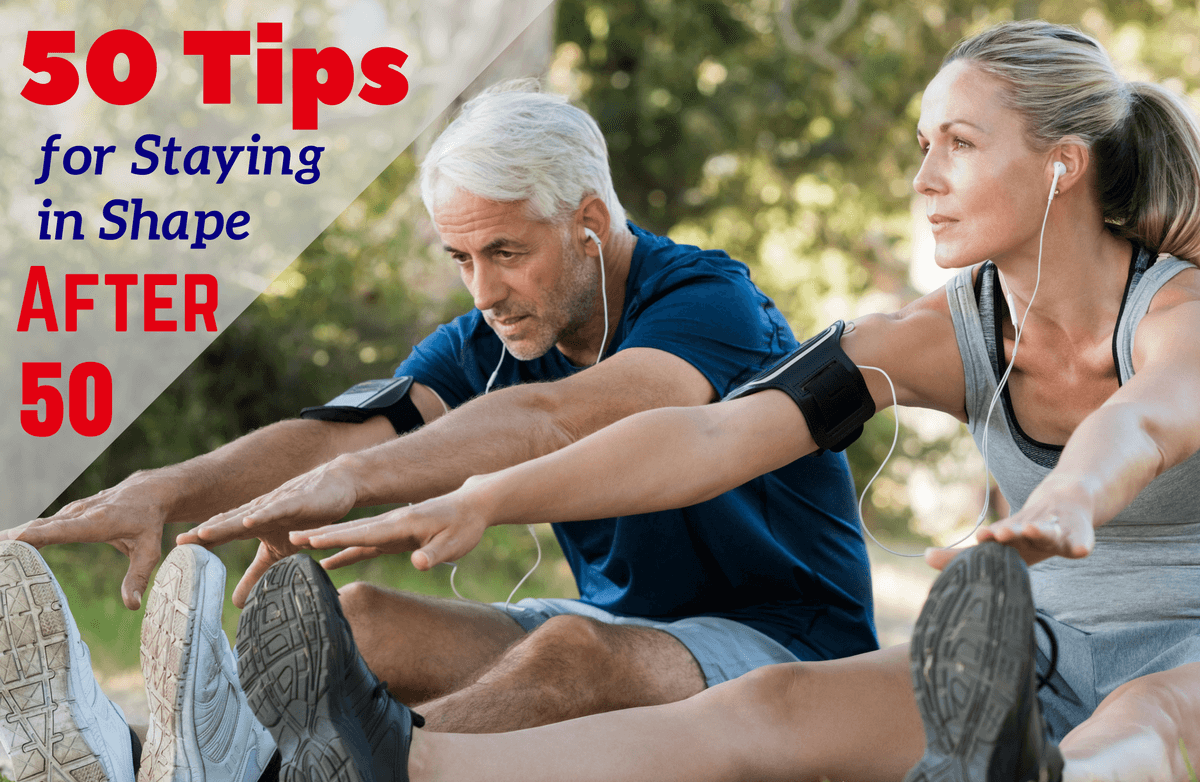
As you enter your 50s, your nutritional needs change to support your aging body and maintain optimal health and fitness. This is the time to focus on a diet that provides essential nutrients for bone health, energy levels, and overall well-being.
Key Nutrients for Fitness in Your 50s
The following nutrients are crucial for maintaining health and fitness in your 50s:
- Protein:Protein is essential for building and repairing muscle tissue, which becomes increasingly important as you age. Aim for 0.8 grams of protein per kilogram of body weight, or about 0.36 grams per pound. Good sources include lean meats, poultry, fish, beans, lentils, tofu, and eggs.
- Calcium:Calcium is vital for bone health and preventing osteoporosis, a condition that weakens bones and increases fracture risk. Women over 50 should aim for 1,200 milligrams of calcium per day, while men should aim for 1,000 milligrams. Excellent sources include dairy products, leafy green vegetables, fortified foods, and calcium supplements.
Maintaining a healthy lifestyle in your 50s is crucial for staying fit and energetic. A key aspect is fueling your body with the right foods, and that’s where the 12 healthy foods fill best list comes in handy. By incorporating these nutrient-rich foods into your diet, you’ll provide your body with the essential vitamins and minerals it needs to thrive.
Remember, alongside a balanced diet, regular exercise, and adequate sleep are also vital for maintaining your fitness in your 50s and beyond.
- Vitamin D:Vitamin D plays a crucial role in calcium absorption, which is essential for bone health. As you age, your skin’s ability to produce vitamin D from sunlight decreases. Therefore, it’s important to get enough vitamin D from dietary sources or supplements.
Staying fit in your 50s is all about making smart choices. One of the best ways to do that is by focusing on your diet, and the DASH diet ( everything you need to know about the dash diet ) is a great place to start.
It emphasizes fruits, vegetables, and whole grains, which are all essential for maintaining a healthy weight and reducing your risk of chronic diseases. Along with a balanced diet, regular exercise, getting enough sleep, and managing stress are all crucial for staying fit and healthy in your 50s.
Good sources include fatty fish, egg yolks, fortified foods, and supplements.
- Fiber:Fiber is important for digestive health, blood sugar control, and weight management. Aim for 25-30 grams of fiber per day. Good sources include fruits, vegetables, whole grains, beans, and lentils.
- Iron:Iron is essential for red blood cell production, which carries oxygen throughout the body. Women over 50 need 8 milligrams of iron per day, while men need 8 milligrams. Good sources include red meat, poultry, fish, beans, lentils, and fortified cereals.
Sample Meal Plan for Fitness in Your 50s
Here is a sample meal plan that incorporates nutrient-rich foods, emphasizing protein, fiber, and healthy fats:
- Breakfast:Greek yogurt with berries and a handful of almonds.
- Lunch:Salmon salad with mixed greens, avocado, and a light vinaigrette.
- Dinner:Chicken stir-fry with brown rice and a variety of vegetables.
- Snacks:Apple slices with peanut butter, a handful of trail mix, or a hard-boiled egg.
Strategies for Managing Weight and Maintaining a Healthy Body Composition
As you age, your metabolism slows down, making it more challenging to maintain a healthy weight. Here are some strategies to help you manage weight and maintain a healthy body composition:
- Eat a balanced diet:Focus on nutrient-rich foods, such as fruits, vegetables, whole grains, lean protein, and healthy fats. Limit processed foods, sugary drinks, and unhealthy fats.
- Stay active:Regular physical activity is crucial for maintaining a healthy weight and improving your overall fitness. Aim for at least 150 minutes of moderate-intensity aerobic activity or 75 minutes of vigorous-intensity aerobic activity per week.
- Get enough sleep:Sleep deprivation can lead to weight gain and other health problems. Aim for 7-8 hours of sleep per night.
- Manage stress:Stress can lead to unhealthy eating habits and weight gain. Find healthy ways to manage stress, such as exercise, yoga, meditation, or spending time in nature.
Hydration and Bone Health: 7 Healthy Habits For Staying Fit Into Your 50s
Staying hydrated is crucial for overall health, especially as you age. In your 50s, your body’s ability to retain water naturally declines, making it even more important to prioritize hydration.
Importance of Hydration in Your 50s
As we age, our bodies become less efficient at signaling thirst, leading to potential dehydration. Dehydration can contribute to fatigue, constipation, kidney stones, and even heat stroke. Staying adequately hydrated is essential for maintaining optimal bodily functions and preventing these issues.
Daily Water Intake Guidelines
The recommended daily water intake varies based on individual factors like activity level, climate, and overall health. However, a general guideline is to aim for eight glasses of water per day.
Calcium and Vitamin D for Bone Health, 7 healthy habits for staying fit into your 50s
Calcium and vitamin D are essential nutrients for strong bones. Calcium is the primary building block for bones, while vitamin D helps your body absorb calcium effectively.
Role of Calcium and Vitamin D in Preventing Osteoporosis
Osteoporosis is a condition that weakens bones, making them more prone to fractures. This condition becomes more common with age. Maintaining adequate calcium and vitamin D levels can help prevent or slow the progression of osteoporosis.
Tips for Incorporating Calcium-Rich Foods and Vitamin D Sources into Your Diet
- Include dairy products like milk, yogurt, and cheese in your diet. These are excellent sources of calcium.
- Consume leafy green vegetables like kale, spinach, and collard greens, which are rich in calcium and other essential nutrients.
- Choose fortified foods like almond milk, orange juice, and cereals that are enriched with calcium.
- Get regular sun exposure. Sunlight triggers your body’s production of vitamin D.
- Include fatty fish like salmon, tuna, and mackerel in your diet, as they are rich in vitamin D.
- Consider taking a calcium and vitamin D supplement, especially if you are not getting enough from your diet.
Final Wrap-Up
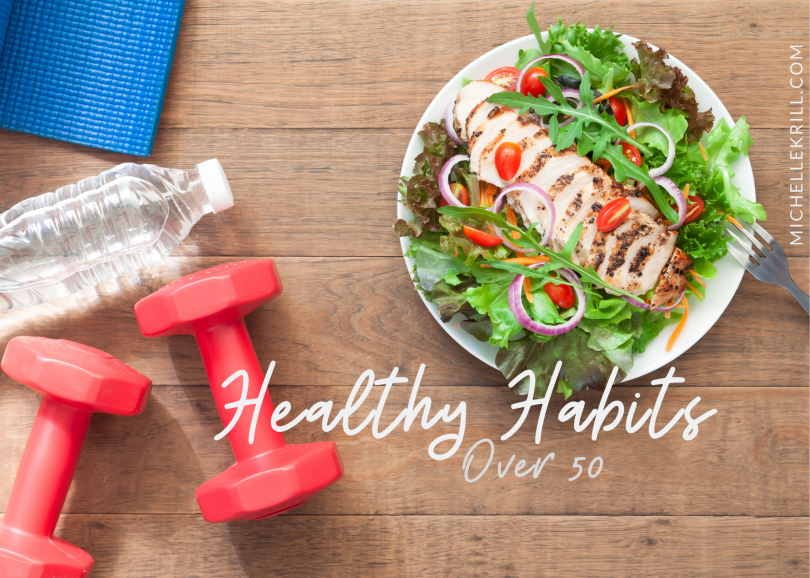
Embracing these seven healthy habits for staying fit in your 50s is a journey towards a stronger, healthier, and more fulfilling you. It’s not about drastic changes, but about making small, consistent adjustments that add up over time. Remember, it’s never too late to prioritize your well-being.
With dedication, consistency, and a positive mindset, you can thrive in your 50s and beyond. So, let’s take this journey together and discover the joy of staying fit and healthy in your 50s!

